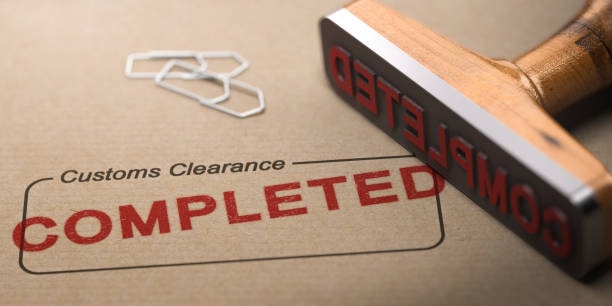
Find out what the term cleared from customs stands for, what customs process clearance entails, the typical challenges, and advanced tricks that would help to realize easy shipment across international borders. Full manual of importers/exporters and answers.
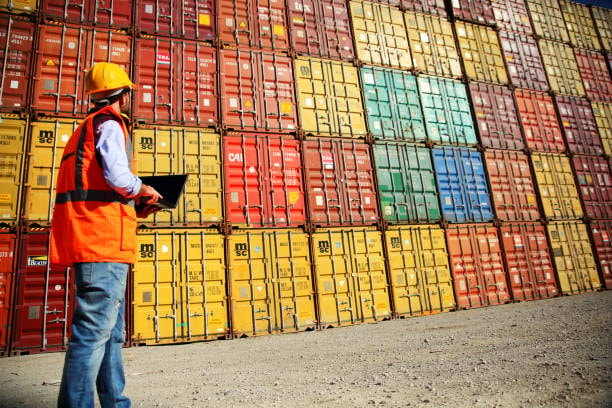
The moment you check the status of international package and it states that it has cleared the customs it will mean that your package has passed a significant period in its voyage. This status means, that your good have successfully passed the customs control and can freely continue to their final destination. Knowledge of this process, including how to interact with a custom officer, is considered as a requirement by any person involved in international trade whether a small business owner importing products or a large corporation dealing with international supply chains.
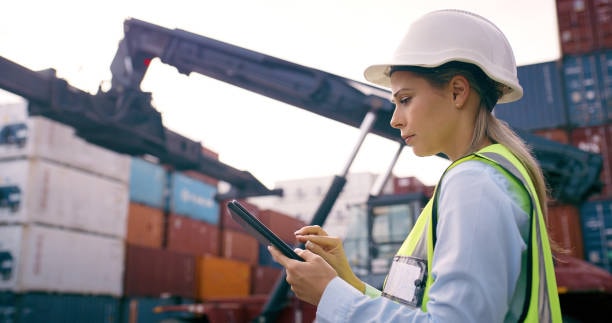
At Shenzhen Guanwutong International Freight Forwarding Co., Ltd. (GWT Worldwide), we are aware of the difficulties lying in the way of customs clearance. Being a professional logistics provider, including services from a customs brokerage firm, with specialization in international freight forwarding, supply-chain solutions and cross-border e-commerce logistics, we assist the businesses to guide them through the custom processes with ease. Our integrated services are Luftfracht, seafreight, China-Europe railway transport, international express, customs clearance services, warehousing services and Amazon FBA shipping services.
What Does “Cleared from Customs” Actually Mean?
When it says that the shipment is cleared of customs it means that your goods are already passed through the process of the customs inspection and appropriate customs authority has authorized its release. What this means is that customs officials have inspected the package, whose contents have been verified, confirmed adequate documentation, duty and taxes on the same have been verified, and that the shipment passes stipulated importation requirements.
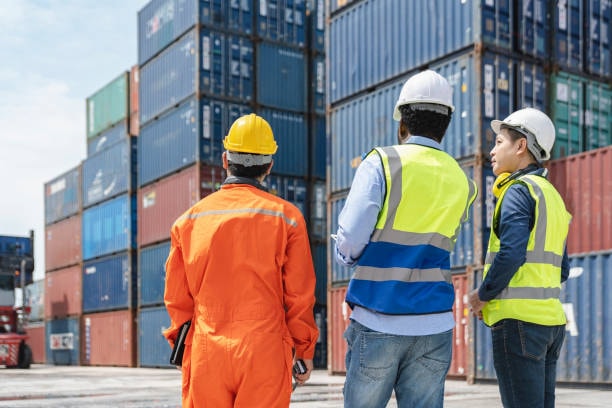
Once the customs clearance has been received, a package moves out of bonded warehouse or customs and into final delivery. This is an important step since until now your goods remain technically in customs control and cannot legally penetrate in the domestic market of the destination country without paying customs duties .
The customs clearance process constitutes several verification procedures. The inspectors check commercial invoices, packing lists, bills of lading, and all the necessary documents. They can also physically check the goods either on high risk delivery or random security checks. Also, they determine and gather any duties, taxes, or fees that would be required and then disseminate the shipment.
The Complete Customs Clearance Process Explained
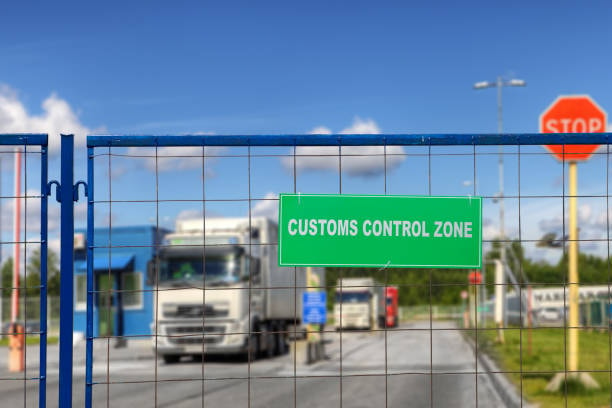
Once your shipment has reached the border of any type (airport, sea port, and land crossing) or other parts of the country, the customs clearing process starts. Submission of the entry documents usually marks the beginning of the process, and such documents ought to be presented to the customs officers before or immediately after the goods have arrived.
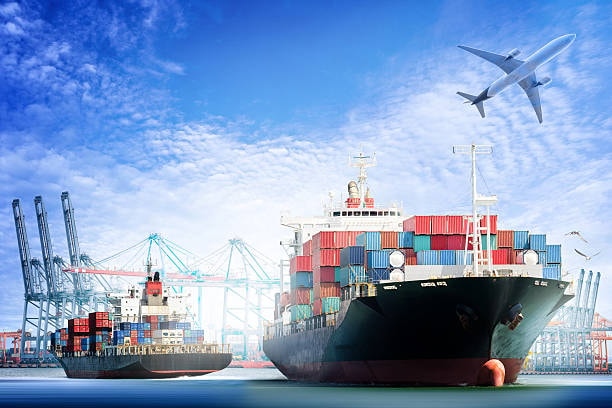
The latter entails verification of the documents, in which custom authorities check all the paperwork to determine mistakes as well as completeness. That comprises the inspection of whether the stated value corresponds with the commercial invoices, the inspection of matching the product descriptions with their actual contents, and the confirmation of the presence of all the necessary permits or licenses.
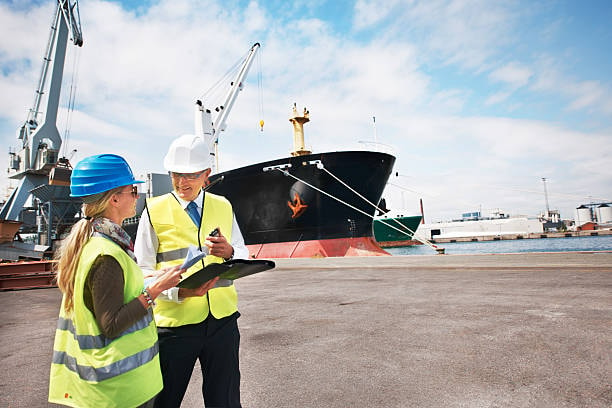
This is followed by risk assessment stage where the customs agents conduct their screening using advanced systems to get the conclusion whether the goods need physical examination or not. Things that affect this decision are; history of the shipper, the nature of the product, country of origin, the declared value, and the security threat at the time.
In case of pointing to indication, goods can be inspected through non-intrusive examination by the means of X-ray examination or scanning, or physical examination conducting to opening of containers and physical examination of the contents. At this stage, the customs officers ensure that the description of the goods given to them is of what they inspect, they inspect prohibited goods, labeling and packaging.
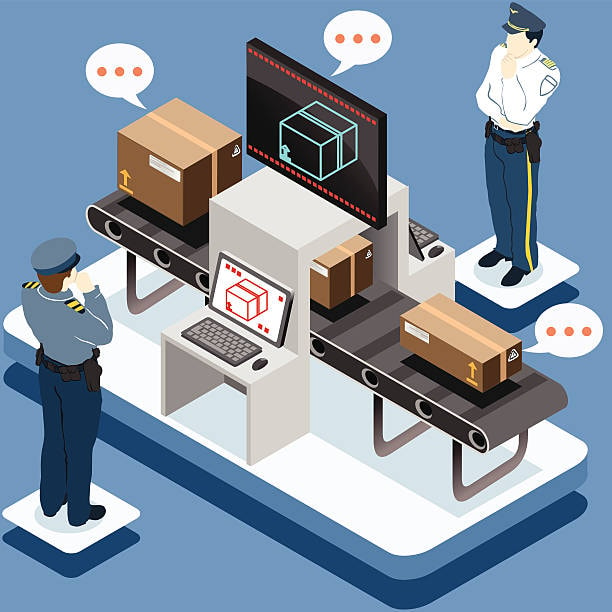
The last stage is the calculation of duty and taxation which is calculated according to the classification of goods, their value and origin. After meeting all the requirements including taxes and duties payments, custom releases the clearance giving clearance and delivery of goods.
Common Reasons for Customs Delays
The administration of customs clearance may take a long period due to various reasons and thus you may stay a long time without the status of being cleared by the customs. Being aware of these possible problems can make importers and exporters arrange to avoid them in order to facilitate the processing.
The most frequent reason of customs delay is incomplete or inaccurate documentation. Loss of green documents, inaccurate product descriptions and lack of the correct classification codes or any mismatch between any of the documents will prevent the payment and clearance of goods.

Valuation disputes ensue when the customs agents hold the opinion that value of goods is not what it is declared. In the event that the declared value seems to be too low relative to market values, the customs official can do further checks, seek some supporting documents, or do their own valuation procedures, which considerably increase time consumption.
There is also the idea of the physical inspection requirements which may be delayed, particularly in peak shipping seasons since the inspection facilities are overcrowded. There can be random checkups, security warnings, or suspect packages that can prompt exhaustive searches that can last days or weeks to conclude.
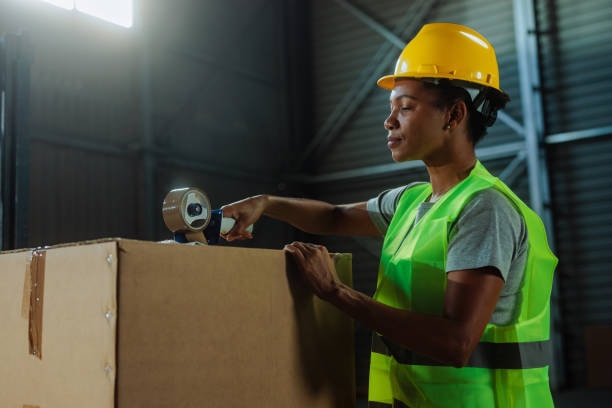
The problem on regulatory compliance issues transpires when goods do not comply with certain import regulations like not having any indication of safety certification, being mislabeled or not complying with environmental regulations. Such scenarios usually need further documentation or adjustment of the product to be cleared.
Required Documentation for Smooth Customs Clearance
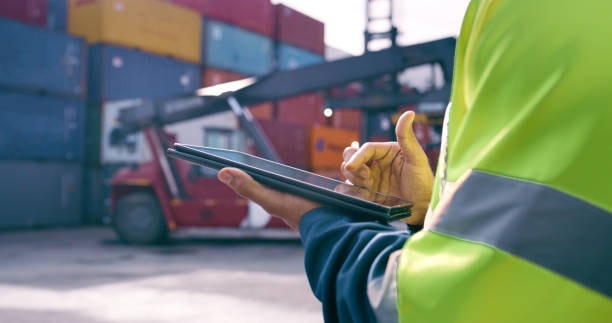
The successful part of customs clearance in effect establishes proper documentation. The first document is commercial invoice and it should correctly characterize the goods, quantities, unit price, total price and terms of sale. This form is the one that is taken into consideration when calculating duties and it has to be made with care.
The packing list entails details on the content, weights, dimensions of a package, and the material used to package the case. It is a document that can assist customs clerks in exchanging shipment content during inspection and also ascertains appropriate handling of fragile or dangerous items.
Bills of lading or airway bills are used as receipts of shipped goods and contract of carriage between shippers and carriers. These are ownership documents and on which there would be imperative tracking information during shipment, often facilitated by customs brokerage .
Certificates of origin may also be necessary to fix rates of duties (particularly those goods that can be subjected to preferential treatments on trade agreements). They need to be released by valid organizations within the manufacturing country.
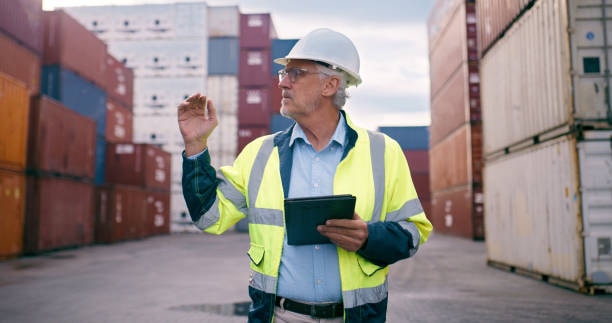
Other documents could be import permits, product certificate, insurance documents and specialized forms in regard to the type of goods and the requirement of the country of destination. The experienced freight forwarders can make sure that all the needed documentation is filled properly and presented in time.
How Long Does Customs Clearance Typically Take?

Depending on the various factors, the customs clearance may take a long time, taking into consideration the shipping times that are normally expected can aid in the setting of realistic expectations regarding the delivery of shipped goods. In most countries, normal clearance of full-documented shipments is between 24 to 72 hours.
Additional rush shipments using regular courier services can be expedited, or even pass through custom in 12 to 24 hours. These services are normally accompanied with specific customs brokers and efficiencies that fast track the clearances of time sensitive international shipment.
More complicated consignments such as those that need more documentation, special permits, and/or in-depth inspections could take a minimum of one week and even a few months. This category includes such goods as the objects of high value, controlled substances, or objects that need regulatory approval to be handled.
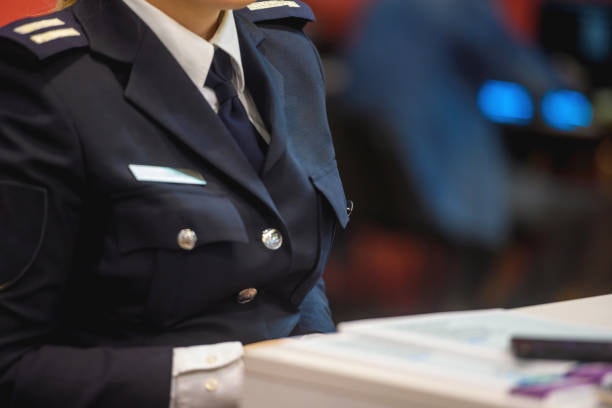
The processing time also depends on the seasons. The normal shipping times are likely to be increased during the peak shipping periods such as holidays and major sales events when the volume is heightened and when the custom resources are low. To avoid unwarranted delays, the shipments should be planned such that they can be effected during these periods.
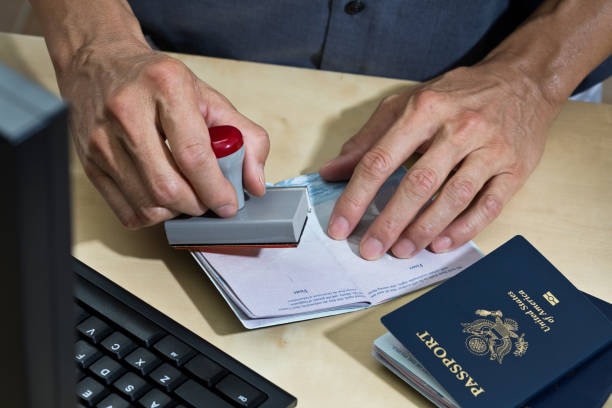
New importers or the new shippers with minimal compliance records have a tendency to take longer and customs officials take a closer look at the records. Establishing positive compliance history by documenting again and attending to the regulations with accuracy will assist in the reduction in clearance time in the future.
Different Types of Customs Inspections
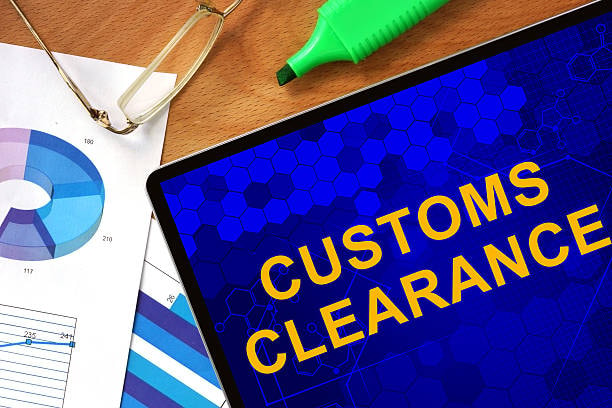
The different methods of inspection used by the customs authorities to check on the comply of the shipment come with various implications on the amount of time and the cost that would be incurred during the shipment processing. Knowledge of such types of inspection will enable importers to be adequately prepared and put their plans into balanced expectations.
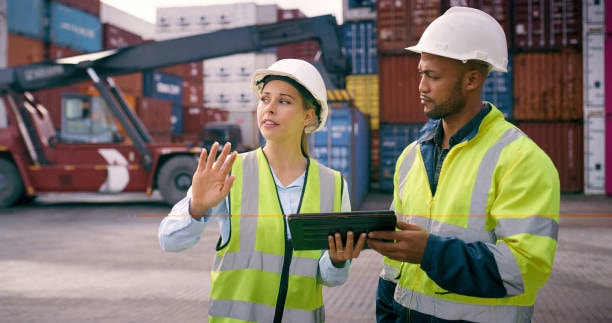
Document-based examinations form the quickest clearance where importers can present paper documents instead of the physical examination. It is employed to ship low-risk cargo medical shippers that are well compliant.
Non-intrusive inspection relies on new types of scanners, X-ray machines, or radiation detection devices to scan the contents of a container without having an individual open other packages. This approach combines security demands along with the processing efficiency so that the customs can detect concerning matters with minimum delays.
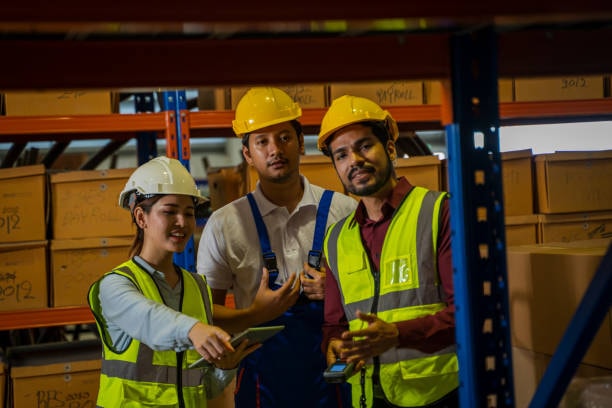
Tail gate checks entail opening containers and carrying out visual checks of products without taking them out of packages. Customs authorities ensure that the contents found are corresponded with the documentation and search the contents with indicators of noticeable injurious or unallowed goods.
Examinations can be carried out intensively where all shipment content is unpacked and thoroughly examined. Such an extensive procedure may require days or weeks particularly on large consignments and is normally undertaken on high risk freight or when other prior inspection operations identify cause to be wary.
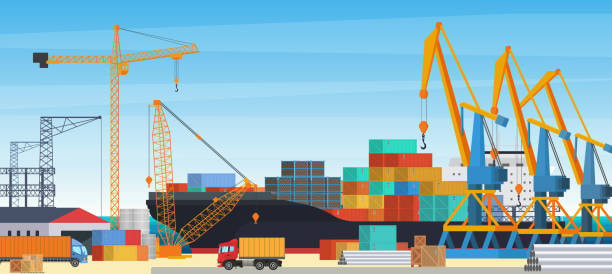
The products where laboratory analysis is accurate or safety verification is obligatory might undergo a destructive testing. Although infrequent, it may add a lot of time to the clearance procedure, as well as lead to product loss should said test destroy the samples.
Duty and Tax Calculations in Customs Clearance
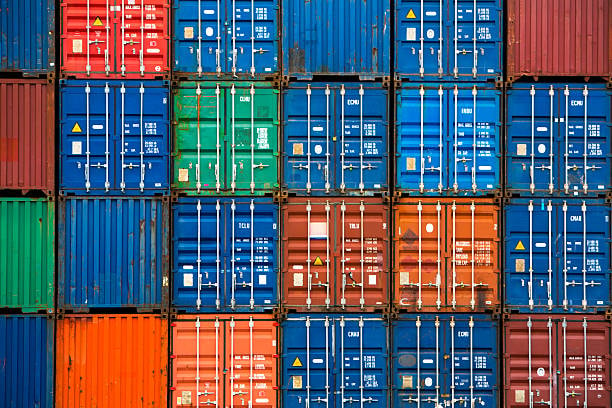
The importance of appreciating the way in which the customs duties and taxes are charged is because it will enable the importers to budget against the necessity and to be ready on the finances of the customs clearance. The calculation may start with appropriate classification of goods with the aid of the Harmonized System (HS) codes that identify duty rates to be charged.
Duty is calculated using a customs value, which is normally calculated using the transaction value, insurance and freight cost. Authorities in charge of customs can make this value to be adjusted in case they believe that the amount declared is not the real market value of goods.
A most-favored-nation (MFN) rate is charged on goods of a country to which there are normal trade relations, and preferential rates could be admissible as a free trade agreement or program of generalized system of preferences. These preferential rates have to be claimed with proper documentation of origin.
Other amounts can be a custom processing fee, harbor maintenance fee, merchandise processing fee, and miscellaneous surcharges on the basis of product and importation regulation. Naturally, these charges are in the form of percentages of the products value or flat rate per shipment.
In most countries, value-added tax (VAT) or goods and services tax (GST) can be charged, which is charged on the duty-paid value of goods. The full fee structure is useful in assisting the importers to come up with the right cost estimate to evade exorbitant costs upon clearance.
Red Flags That May Trigger Additional Customs Scrutiny
Some features or the situation may raise the chances of an extra customs examination which could cause the delay of clearance. Knowing such red flags assists shippers in preventing measures as they reduce the chances of getting inspected.
Valuation review would frequently occur when there are abnormally low declared values, as opposed to market prices. Customs authorities have databases of average values of products and they can ask more detailed inspections to shipments where the value seems to be insufficient and even fines can be imposed.
The common examples may be the frequent shipments having higher attention of inspection as high-risk countries or regions presents dangers or the compliance issues. Shippers operating out of such places must make the documentation flawless and it is safe to use well established freight forwarders who might maintain good relations with customs and border protection .
Automated risk assessment systems are anteceded by inconsistent shipping patterns, which in turn may include sharp increases in the frequency or value of shipments. Unnecessary delays can be avoided by ensuring that unnecessary shipping changes occur, as well as offering explanations on why odd shipping behaviors exist.
Goods that are high-risk, whether due to the special regulations such as clothing, electronics, food items, medicine, or double-use potential tend to be examined more closely. These product categories are also very sensitive and thus they must comply fully with all relevant regulations.
Past non compliance or fines may lead to additional oversight of subsequent shipments. Ensuring proper record keeping, immediate action in case of any compliance violation and dealing with a good customs broker can restore confidence in the customs authorities.
Working with Customs Brokers and Freight Forwarders
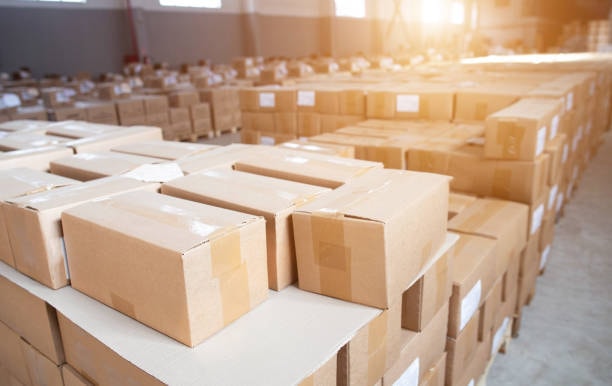
Customs clearance facilitated by professional customs brokers and freight forwarders are also essential in the event of a smooth customs clearance and faculties that may not be available to individual shippers. These personnel, part of the customs clearance team, are conversant with complicated customs regulations and have contacts with the customs officers and the ability to maneuver through difficult clearance cases.
Licensed customs brokers prepare and submit customs documents, get them through all the appropriate regulations and may represent importers in the clearance process. They are also up to the date with evolving rules and may have some useful recommendations regarding the optimization of duties and approaches to their compliance.
Freight forwarders sell a larger customer service package whereby customs clearance is just a subset of the bigger service. They organize the whole process of international shipping including pickup and final delivery offering a single point of contact with complex logistic needs.
The worth of professional support stands out especially in a situation of problems. Knowledgeable brokers and forwarders have the abilities to detect and solve documentation problems within the shortest time possible, effectively communicate with customs personnel and speedy clearance in event of delays.
Cost-benefit comparison usually makes it easy to use professional services even to regular importers or shipping that is complicated. Although these services come at an added cost, time saved, and a lower chance of delay, and content of compliance is usually a lucrative investment.
Technology’s Impact on Modern Customs Clearance
State-of-the-Art technology has transformed the way customs clearance operations are conducted leading to greater efficiency, accuracy and transparency on the part of the customs and the trade. Technologies The electronic data interchange (EDI) systems enable the quick presentation and acceptance of the documents concerning the customs that minimise the requirements of paper and the time span of the processing of the applications.
Artificial intelligence and machine learning is being used to calculate potential risks in shipments, with the automated targeting systems allowing custom authorities to concentrate efforts on the most risky and pass clean through customs the compliant cargo. Such systems review huge levels of data so as to detect patterns and differences that can reveal compliance concerns.
Blockchain technology is also being used to make records of supply chain transactions irreversible and hence more transparent and less vulnerable to fraud. Using this technology allows tracking goods and documentation through the supply chain in real-time, in addition to quicker and more precise customs processing.
The design of mobile and online portals and applications can provide real-time tracking information on what is happening to clearance, with the shippers and consignees being able to view the way the clearance is happening, and get instant updates when this situation changes. This openness enhances customer service and allows solving problems before they occur proactively.
Smart containers, Internet of Things (IoT) sensors constantly monitor the conditions under which the cargo has been shipped, its location, and the safety thereof during the course of shipping. This is technology that assists to maintain the integrity of the product and to give useful information to facilitate customs risk analysis and clearance.
Country-Specific Customs Clearance Requirements
The customs clearance requirements, process and documentation standards are different in various countries and the importers that aim to have successful shipments should know the specifications of various countries. The US demands the detailed advanced filing of the cargo data via the systems, such as ACE (Automated Commercial Environment), and takes a strict approach to its security enforcements such as C-TPAT.
European countries of the European Union are governed by a single customs code but specific national demands on product categories applies. All importers are required to have the EORI (Economic Operators Registration and Identification) number and the preferential origin documentation is essential to the reduction of duties through various trade agreements.
The main customs reforms in China have been the Golden Gate project to enhance electronic processing, minimal shipment requirements of cross-border e-commerce shipments and rigorous e-commerce customs service system. VAT procedures and import registration on most types of products are complicated and demand previous planning and professional help.
The customs systems used in developing nations can be less sophisticated although they may have more intricate manual procedures and increased levels of documentation. Developing knowledge of local procedures, establishing contacts with local intermediaries, and allocating additional time to clearance are the basic steps to these markets.
In most countries, free trade zones and special economic areas offer simplified customs formalities as well as deferral of taxes, but depend on particular paperwork and adherence to zone rules. Such plants can offer serious benefits to the fitting business models.
Common Mistakes That Delay Customs Clearance
The importance of avoiding the pitfalls identified reduces the likelihood of encountering difficulties in customs clearance and the time wastage that arises because of failure to arrive at the destination on time. Improper or inaccurate commercial invoices are the most common mistake, and it more often than not occurs in the form of poor description of the product, inappropriate commodity code, or a mistake in calculations.
Any conscious or unconscious undervaluation of goods causes the customs investigation and might lead to fines, seizures, or a lifetime blacklist. A proper claim of fair market including any costs to be used on the value of the transaction should be made so as to facilitate the compliance and easy clearance.
Lack of documentation or documentation that has expired constitutes delays in processing. By having all the mandatory certificates, permits and licenses up to date and in the right order prior to the departure of the shipment, holds and further expenses on obtaining clearances is avoided.
Incorrect packaging and labels may also cause safety inspection or even regulatory compliance evaluations. To avoid delays, it is best to follow the destination country requirements with regard to marking the products, the declaration of hazardous materials, and packaging standards.
Because the dealings with customs brokers or freight forwarders are based on poor communication, it can result in a misunderstanding and processing mistakes. By giving full and preciseness information, being responsive by answering questions to seek clarity in information provided, and engaging in constant contact is the best way to guarantee the best outcome during the clearance process.
What to Do When Your Shipment Is Held at Customs
Proper and timely action in the event that a shipment has been detained longer than usual by the customs should minimize delay and extra fees incurred. The very first approach would be to contact your customs broker or freight forwarder and find out the particular reason of the hold and the actions that have to undertaken to solve the difficulty.
Collection of document might be needed in case there are more information or clarification required by the customs authority. This may comprise supplier invoices, manufacturing certificates, product specification, and other supporting or not necessary documents asked earlier.
Duty, taxes or a fine might be demanded prior to allowance of release. Knowledge of what is owing and what is acceptable means of paying will also aid quick settlement and avoidance of any additional delays.
Physical attendance can be essential in some complicated cases or in cases where customs department requires direct interaction with the importing company. Appointment of local person or use of customize brokers can provide proper representation in these engagements.
Most countries have appeal procedures when importers do not agree with the customs actions or decision. The knowledge of appeal procedures and deadlines aids in defense of rights with a view to an ultimate settlement of problematic disputes.
Best Practices for Expediting Customs Clearance
The application of the best practices that have already proved their effectiveness can dramatically enhance the efficiency of the customs clearance and minimize chances of delays and other complications custom clearance. Prior planning will entail the process of making sure that all the documentation is done, correct and early enough before the goods reach the destination port, as customs clearance needed is crucial international shipments .
Building a relationship with customs brokers, freight forwarders and even with the custom officials helps to develop a chain of assistance in solving the problem. Professional relationships are established on trust and competence through which processing is easier and problems are solved faster in case problems are noted international shipping regulations.
Proper classification, over-valuation, and under-valuation through the compliance programs enable the company to build the good compliance history with the customs authorities. The compliance with the rules habitually ensures the confidence and minimized risk of the labor-intensive inspections customs officer.
The use of technology in the electronic filing systems, preparation of documents within automated systems and the tracking in real-time assists in enhancing accuracy and speed of processing. Keeping abreast with available technology solutions is a source of competitive advantages in international trade customs clearance takes.
Education that incentivizes factors like ongoing compliance and efficiency is carried out on a continuous basis with regard to changing regulations, new requirements and best practices delivered duty paid. Routine staff training relating to international shipping also ensures that errors that can be caused by their ignorance are avoided and leads to an overall improvement in performance.
The Role of Free Trade Agreements in Customs Clearance
Free trade agreements (FTAs) have far reaching implications in the process of customs clearance whereby goods, which meet the criteria of qualification, are given preferable treatment in terms of paying lower duties and sometimes no duties at all, and also in terms of simplifying the process. After gaining knowledge and the right use of these agreements can give considerable saving in price and competition.
FTAs matching requirements establish products that should receive preferential treatment. These regulations define the proportion of the content that should be produced in countries of agreement, the production process that are permissible and the necessary documentation to enjoy a preference claim.
The FTA benefits are commonly claimed using certificate of origin. These certificates have to be duly filled in, signed by the relevant authorities and accompanied with customs entries. Electronic certification systems become more abundant, and they are more efficient and secure.
In a large number of agreements, cumulation clauses enable materials produced in the partner countries of more than one of the FTAs to be used to fulfill origin posts, extending possibilities under preferential treatment. Being aware of these provisions facilitates optimization of supply chains so as to amass the maximum amount of duty savings.
The rules of origin compliance entail keeping elaborate records of material origins, production methods and the costs to verify rules of origin declaration. Compliance reviews and audits conducted on a regular basis also serve as an indicator of continued eligibility of preferential treatment and a prevention of the possible penalties.
Future Trends in Customs Clearance and International Trade
Technological development, the pattern in trade as well as emerging security demands have been defining the future of customs clearance. The risk assessment, fraud detection and processing of routine shipments by artificial intelligence and machine learning is increasing.
Digital facilitation of trade programs seek to establish a paperless trading environment in which all the supporting documents are provided and handled electronically. Such systems have the potential of expediting the procedure, minimizing the number of errors, and enhancing the transparency of the clearance process.
The visibility of the supply chain based on IoT sensors, blockchain and live information sharing with customs permits customs authorities to have never before seen perspectives into cargo flow and treatment. Such transparency allows the risk to be more precisely evaluated and minimise requirements to be inspected by traders who do not violate valid requirements.
Trade facilitation agreements on both national and international levels keep on streamlining processes, making less documentation, and it has made processing of qualified traders faster. The initiatives are indicators of rising awareness of the significance of trade in economic development.
Environmental factors such as sustainability are making their way into customs, as new demands are emerging for environmental compliance, carbon footprint declarations and the ideals of the circular economy. To keep up with these tendencies, we need active planning and investing into green practices.
Schlussfolgerung
The knowledge of what is meant by the status cleared from customs and the whole customs clearance stall is what would ensure that any international trade is successful. This is an ultimate guide that has examined all dimension of customs clearance including fundamental concepts together with optimization strategies. The most important feature in an easy customs clearance is to be well prepared with appropriate documentation, using a professional help when it is needed, and continuously follow the changes and modifications in the regulations.
Dealing with competent logistics companies such as GWT Worldwide may greatly enhance your customs clearance experience by use of expertise, good contacts, and a complete range of services. With the help of the best practices in this guide and updated knowledge of the emerging need, the businesses can keep the delay down, cost low, and hold a competitive edge in the reference to the international markets.
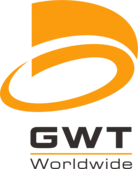

Thank you for reading!
Have questions, corrections, or better ideas? We’d love to hear from you!
We value every piece of feedback and promise to reply within 24 hours. Let's make this guide better together!
Note: Spam comments will not be published.